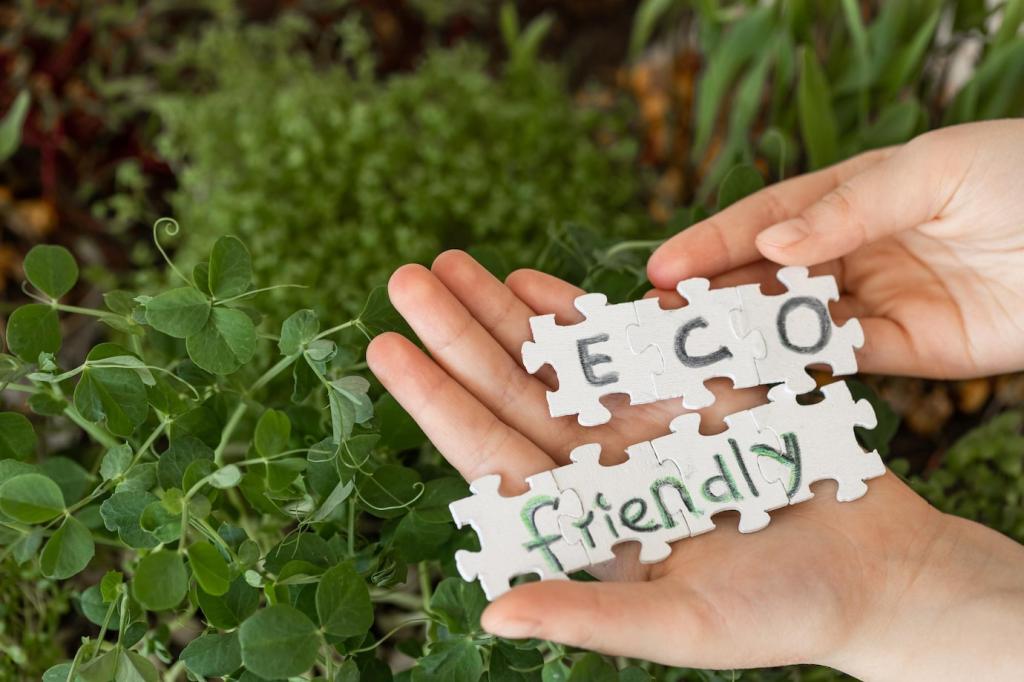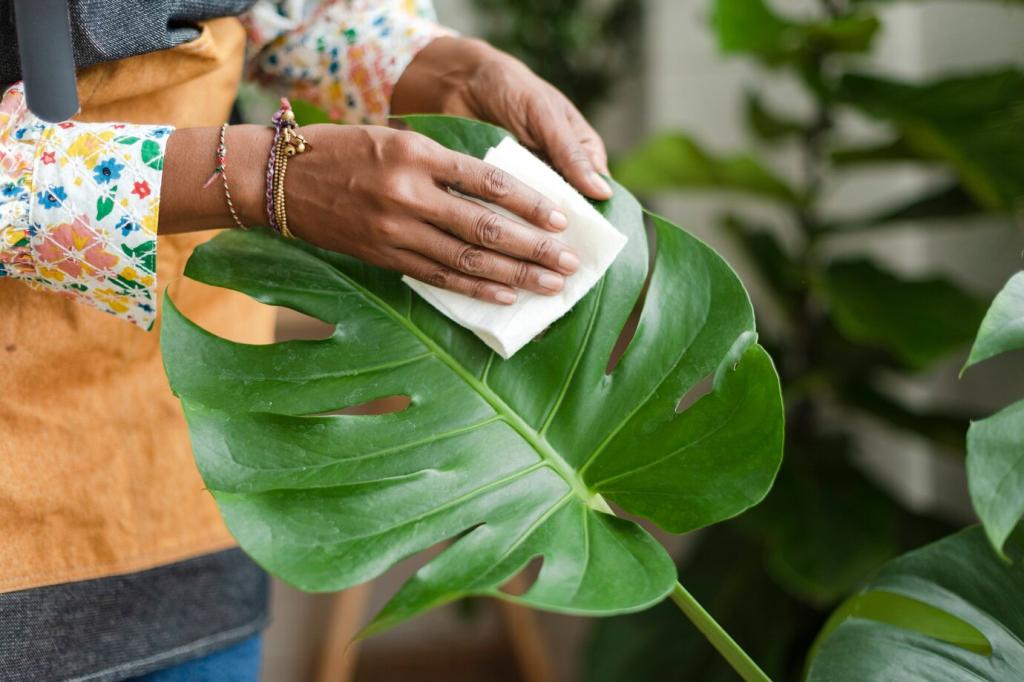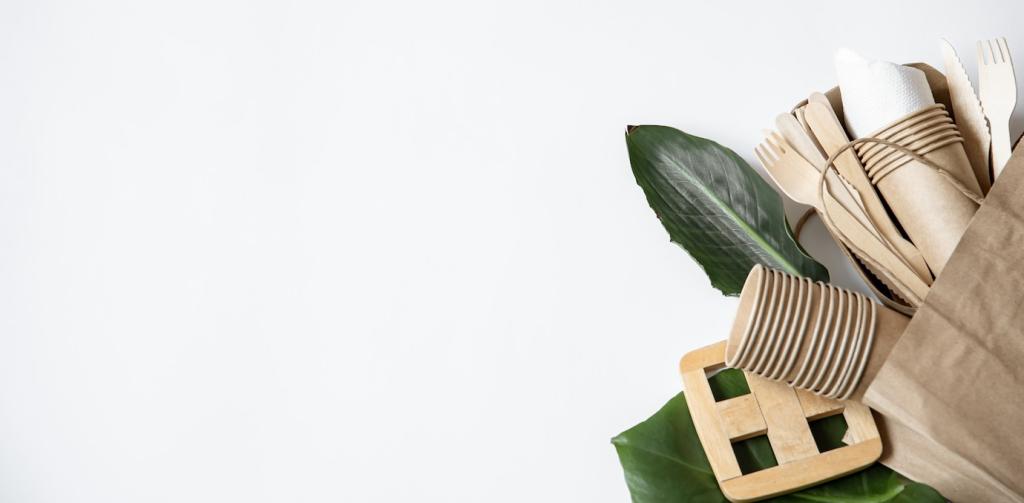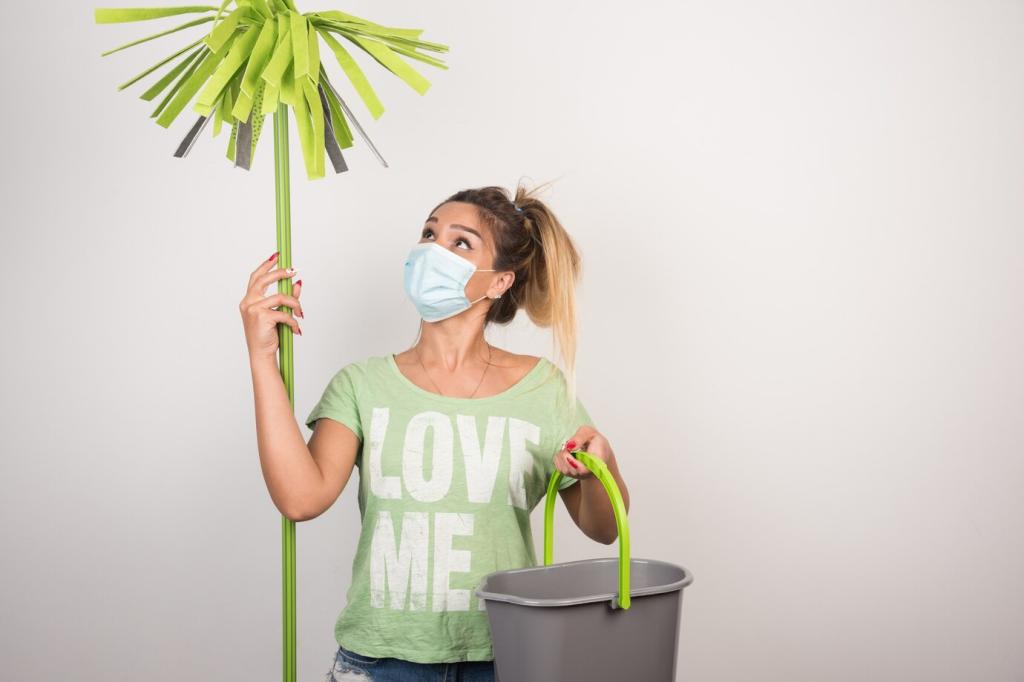Repair Beautifully: Sustainable Tools for Furniture Repairs
Selected theme: Sustainable Tools for Furniture Repairs. Step into a workshop where every chisel, clamp, and brush honors the planet. Discover how thoughtful tool choices can restore cherished pieces, reduce waste, and build skills you’ll proudly pass on. Join us, and share your eco-smart repair wins.

What Makes a Tool Truly Sustainable?
Materials that respect forests and mines
Sustainable tools start with honest materials: FSC-certified wood handles, recycled or responsibly sourced steel, and plant-based finishes on grips. Prioritize durability and repairable parts, so replacement becomes rare. Your furniture repairs gain soul when the tools themselves embody restraint, resilience, and respect for ecosystems.
Certifications and proof you can trust
Look for credible marks like FSC for wooden handles and ResponsibleSteel for metal sourcing. Prefer manufacturers publishing lifecycle data, take-back programs, and transparent supply chains. Cradle to Cradle Certified accessories can signal safer chemistry. Always cross-check claims—greenwashing is crafty. Share certifications you’ve found genuinely useful.
Longevity beats disposability every time
A hundred-year-old hand plane outperforms a dozen flimsy replacements. Choose tools with replaceable blades, serviceable bearings, and standardized fasteners. When you can sharpen, re-handle, and tune, you shrink waste dramatically. Tell us about the oldest tool in your kit still earning its keep during furniture repairs.
Your Essential Eco-Friendly Repair Kit
Start with a reclaimed-steel chisel set, a well-balanced FSC-handled hammer, a vintage block plane, and quality card scrapers. Add a hand saw with replaceable blades and a sturdy, repairable clamp assortment. These tools reward patience, reduce dust and noise, and help you read the wood’s story.
Choose low-VOC wood glues, traditional hide or casein glues for reversibility, and plant-based finishes like shellac and polymerized linseed oil. Citrus-derived cleaners help lift old residues gently. Safer chemistry protects indoor air while respecting patina. Share your favorite low-odor adhesive that held a wobbly chair forever steady.
When power is essential, pick brushless-motor tools for efficiency and longer life. Use shared battery platforms, smart chargers, and, when possible, charge via renewable sources. Dust extraction with HEPA filters preserves lungs and finish quality. What energy-saving habits keep your repair station quiet, clean, and focused?

Techniques to Repair with a Lighter Footprint
Reinforce loose mortise-and-tenon joints with precise paring chisels and a hand drill for clean dowels. Use hide glue for reversible fixes, enabling future caretakers to adjust repairs. Clamping with padded cauls prevents bruising. Slow, human-paced methods protect both the furniture’s history and your workshop’s energy footprint.
Techniques to Repair with a Lighter Footprint
Skip aggressive sanding when card scrapers and cabinet scrapers can shave whisper-thin curls. Steam dents before you sand; alcohol-softened shellac patches blend seamlessly. Citrus-based strippers help with stubborn finishes. These measured steps conserve veneer, minimize dust, and keep your sustainable tools sharp, calm, and effective.


Story from the Bench: A Chair Saved Twice
I spotted a teak dining chair, loose and scuffed, set out for trash. The joints rattled, veneer bubbled, and finish dulled. Instead of grabbing a sander, I reached for scrapers, a reclaimed-steel chisel, and hide glue. The chair seemed relieved, as if it knew gentleness was coming.

Care and Maintenance for Sustainable Tools
01
After each session, wipe steel with a rag lightly charged with camellia oil or beeswax-based paste. Store tools with airflow, not plastic. Cedar shavings help manage moisture. This simple ritual preserves edges, reduces replacements, and keeps your sustainable repair kit ready for the next wobbly table.
02
Use water stones or diamond plates, and flatten on a recycled glass plate with wet-dry paper when needed. A honing guide prevents over-grinding, extending tool life. Sharp edges mean fewer passes, less fatigue, and cleaner joinery. Share your sharpening sequence and how it transformed tricky furniture repairs.
03
Choose chisels and files with replaceable, FSC-certified handles and tools assembled with standard screws. When a handle cracks, turn a new one or fit a premade replacement. Keeping bodies and blades in service avoids landfilling. Tell us which modular tool saved you from buying an entirely new setup.
Sourcing Tools Responsibly
Where to look without buying new
Tool libraries, repair cafes, flea markets, estate sales, and reputable refurbishers are goldmines. You’ll find heirloom planes, braces, and chisels built to be tuned forever. Borrowing reduces cost and impact while building community knowledge. Which local source helped you assemble a sustainable furniture repair kit on a budget?
How to evaluate a secondhand gem
Check steel for pitting near the edge, sight soles for flatness, and test mechanisms under light load. Surface rust is fine; structural cracks are not. Wooden handles should feel sound, not spongy. Share your inspection checklist so newcomers can spot tools worth saving—and rescue more furniture, too.
Avoiding greenwashing and impulse buys
Ignore vague eco labels and prioritize repairability, published parts lists, and real material disclosures. If a tool’s story is clearer than its specs, pause. Sleep on it, compare options, and ask the community. What question do you always ask a seller before committing to a so-called sustainable tool?
Safety, Comfort, and Workshop Ecology
Hand tools already cut dust, but pair them with a HEPA vac when you must sand. Choose low-VOC finishes and ventilate gently with cross-breezes. Keep rags in sealed metal cans to prevent combustion. Safer air helps you notice details that make sustainable furniture repairs truly exceptional.


Safety, Comfort, and Workshop Ecology
Select handles that fit your grip, keep benches at proper height, and alternate tasks to rest muscles. A comfortable workflow means fewer mistakes and less material wasted. Good lighting reveals tear-out early. What ergonomic tweak or tool modification made your longest repair day feel surprisingly light?
